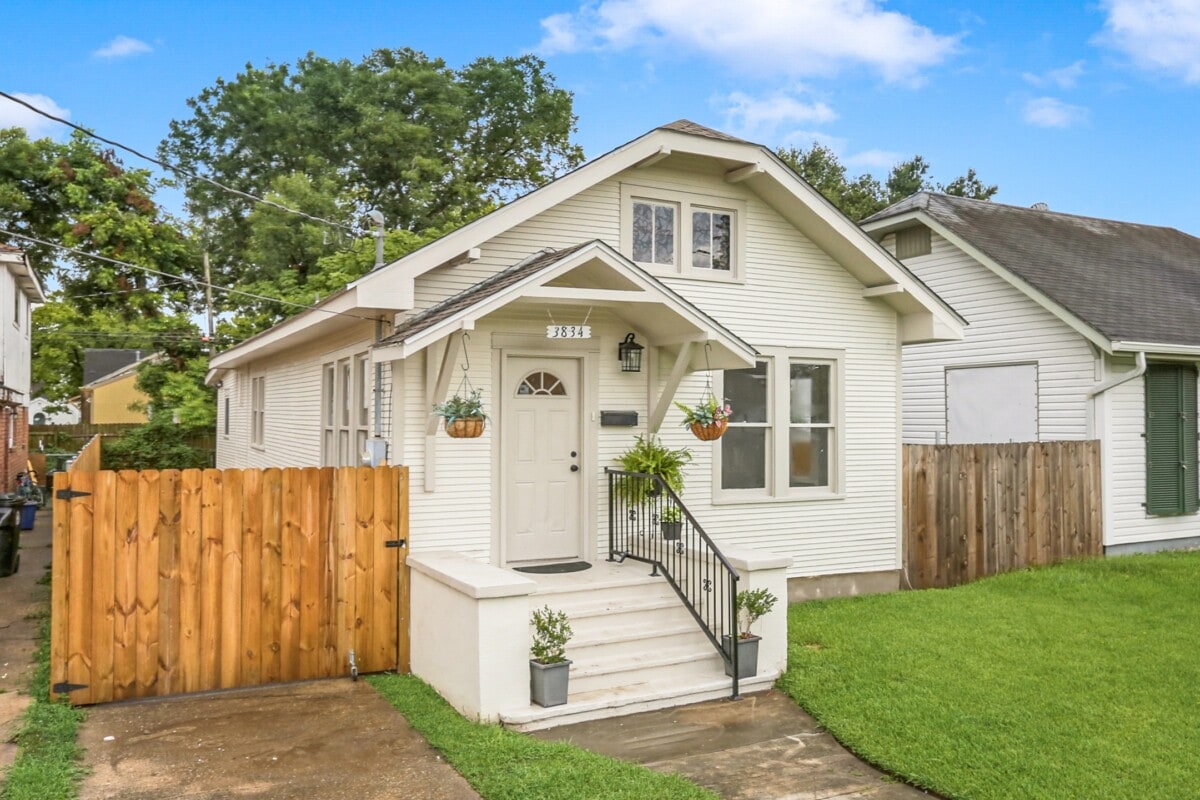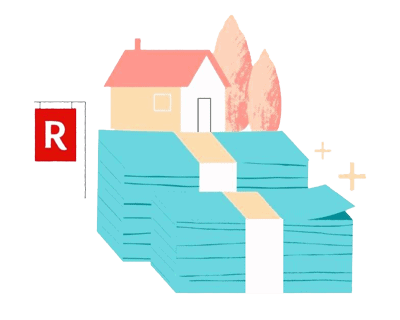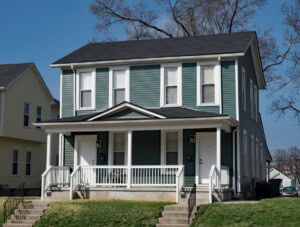After you’ve made the decision between renting vs selling your home, there’s plenty to know before renting your house to your first tenants. From writing a lease agreement to determining rules tenants need to follow and marketing your property, learning how to rent a house can seem complicated.
In this Redfin article, you’ll find out it’s not as complicated as you may think to rent your house. Whether you’re renting your home in Phoenix or renting your condo in Dallas, we can help. From tips and tricks to legal requirements, here’s what you need to know before renting your house.

1. Set up a financial plan
Before listing your home for rent, it’s important to understand your current finances and how you’ll be able to make a profit on your rental. You’ll need to factor in the following costs into your rental plan – mortgage payment, property taxes, insurance, repairs, maintenance, and updates. Depending on the local housing market, you’ll have to determine whether it’s worth it to rent your home.
2. Have a property management plan
As the property owner, you’ll need to decide who is going to be in charge of the property maintenance and emergency repairs. Is it going to be you or a dedicated property manager? If you plan to live outside of the city your rental property is in, you’ll probably want to consider getting a property manager that your tenants can get a hold of. You’ll also want to make a plan for scheduling maintenance, when you’ll notify your tenant, and how emergency repairs are handled.
3. Look into rental property insurance
You likely already have home insurance and maybe additional flood or fire insurance, depending on where you live. However, you may also want to consider getting rental property insurance to protect your home. This insurance typically covers property damage, liability coverage, loss of rental income, and personal property protection. Rental property insurance doesn’t cover your tenant’s belongings, so it’s also a good idea to require tenants to have renters insurance.
4. Set a rental rate
One of the biggest questions you’ll need to answer is, how much should I charge for rent? Rental rates will depend on a variety of factors. For example, you’ll need to consider the average rents in your area and how much properties similar to yours are renting for. Additionally, the rental rate will also need to cover your expenses, but be competitive enough to attract tenants. Keep in mind that some cities and states may cap rental rates to prevent you from charging an excessive amount.
5. Learn the local tenant laws
On that note, you’ll need to learn any local and state laws regarding your rental and relationship with future renters. There are often laws regarding the security deposit, notice-to-enter, and when you can raise rent. Remember that there are renter’s rights that you can’t violate.
You also have to follow the Fair Housing Act, which means you can’t reject a tenant’s application based on race, color, age, sex, religion, national origin, family status, or physical or mental disability. Local and state laws may also protect other groups. If you’re unsure of these laws, you can consult with an attorney or the Department of Housing and Urban Development (HUD).

6. Determine policies and draft a lease agreement
There are plenty of basic lease agreements you can use as a template. However, you’ll also want to consider what additional policies to include. Do you want to allow pets? Will you charge a pet deposit or a monthly fee? Does your community have an HOA? Who will pay the HOA fees? There are many landlord resources to help you determine what to include.
In your lease agreement, you’ll also want to include the policies for breaking a lease early and any fees associated with late rental payments, among other items. Remember that a lease agreement is a legally binding document that both parties agree to.
7. Create a marketing plan for your home
Marketing your home for rent is just as important as it would be if you were selling your home. You want the property to attract potential renters by highlighting its unique features and location. Consider staging your home and having professional photography taken to showcase your home’s unique appeal.
Listing your home for rent online is a great way to reach a large audience of potential renters. This allows them to view your property, see pictures, and schedule a time to view your property. You can often also accept rental applications on the same platform where you list your home for rent.
8. Screen potential tenants and show the property
There are a few ways that you can screen potential tenants before offering a lease agreement. It’s likely that prospective renters will want to tour the property, which gives you the opportunity to meet them in person. You can also screen tenants through the application process.
- Tenants submit an application: This likely includes an application fee, typically anywhere from $30-$150, which may indicate that an applicant is seriously considering your property.
- Ask for their social security number to conduct a credit check: Requesting a credit check from one of the three major credit bureaus – Equifax, Experian, and TransUnion – allows you to see any gaps in their credit history.
- Ask for references or past addresses: By speaking with references like an employer or a past property manager, you can find out additional information about a prospective tenant. Did they pay rent on time? Are they consistently employed?
- See if they’re employed: Checking to see if a renter has consistent employment and is able to make monthly payments can be an indication that they will pay rent on time.
There are plenty of reasons why you cannot reject a tenant’s application, so make sure that you’re following the legal guidelines. Find out what you can include in a rental application denial letter if the tenant isn’t right for your property.
9. Sign a lease agreement
If you’ve found the right tenant for your property, the next step is to offer them a lease agreement that you’ll both sign. As previously mentioned, a lease agreement is a legally binding document that both you and your tenant must abide by. The lease agreement will list out how rent will be paid, rules and responsibilities, maintenance, and additional fees and disclosures.

10. Collect the security deposit
As part of the lease agreement, you’ll want to collect a security deposit. This amount is typically the equivalent of one month’s rent but can be higher or lower depending on the circumstances. A security deposit can be used to cover any property damage, unpaid utilities or rent, taxes, or other breaches of the lease agreement.
You’ll want to put the security deposit in a separate account, as you’ll need to return the security deposit to your tenant if they don’t have any outstanding fees or damage at move-out. If you’re unsure about the security deposit and how much to charge, you can consult with an attorney.
11. Change the locks
Before your new tenant moves in it’s a good idea to change the locks and garage door codes. This protects you and your renters from any unauthorized visitors, who may have had a spare key or knew the garage door code.
12. Have a rental walkthrough inspection
When your tenant is ready to move in, schedule a rental walkthrough inspection with them. This inspection gives you both the opportunity to note any problems, defects, or wear and tear on the property. Make note of any issues on a checklist that you and your tenant sign. Send them a copy so they have it for future reference. You can use this checklist when they move out to see if there is any additional damage beyond normal wear and tear.
13. Collect monthly rental payments
The last step is to begin collecting monthly rental payments. You may choose to have your tenant pay the first and last month’s rent in advance, but this is up to you. Whether you’re collecting rent through a check in-person or an online payment system, you’ve officially rented your home.

























